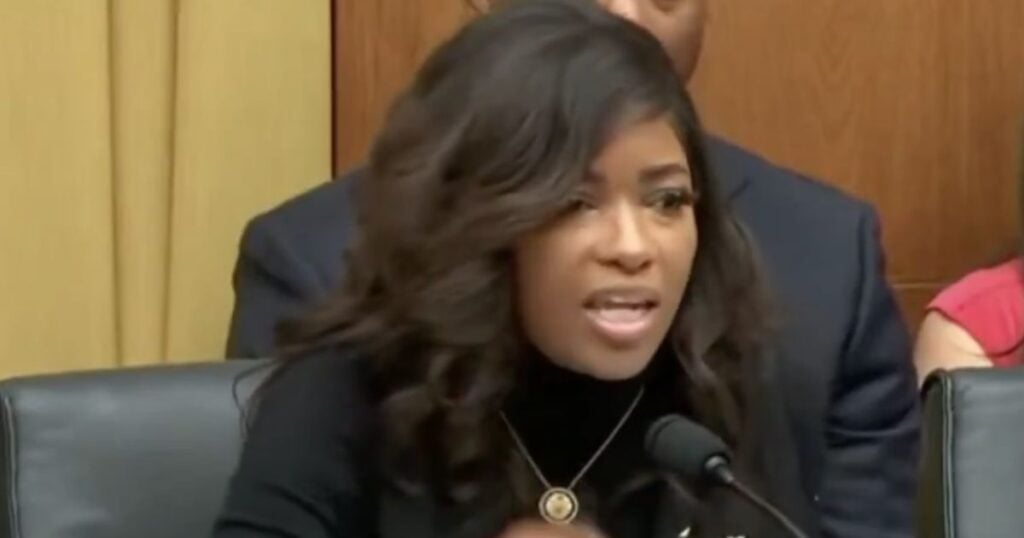South Korea has agreed to invest $350 billion in American-led projects and buy $100 billion in U.S. energy in exchange for reduced tariffs and greater trade access under a new agreement with President Trump.
Key Facts:
- President Trump announced a full trade deal with South Korea on Wednesday via Truth Social.
- The agreement includes $350 billion in U.S.-controlled investments from South Korea.
- South Korea will purchase $100 billion worth of American liquefied natural gas (LNG) or other energy products.
- Tariffs on South Korean goods entering the U.S. will drop from a planned 25% to 15%.
- South Korea agreed to open its markets fully to U.S. products, including vehicles and agricultural goods.
The Rest of The Story:
President Trump unveiled a sweeping trade deal with South Korea that reduces tariffs and opens the door for massive investment into the U.S. economy.
Announced Wednesday on Truth Social, Trump said South Korea has agreed to invest $350 billion into projects within the United States, all of which will be selected and controlled by the U.S. government under his leadership.
“I am pleased to announce that the United States of America has agreed to a Full and Complete Trade Deal with the Republic of Korea,” Trump stated.
In addition to the investments, South Korea will buy $100 billion worth of American energy—primarily LNG, though other energy products are included.
Trump noted that more investment figures are coming soon.
“This sum will be announced within the next two weeks when the President of South Korea, Lee Jae Myung, comes to the White House for a Bilateral Meeting,” he said.
The agreement also cuts planned tariffs from 25% to 15% on imports from South Korea, which Trump had previously announced would go into effect August 1.
Instead, this reduced rate will apply as a result of the agreement.
In the same post, Trump congratulated newly elected South Korean President Lee Jae-myung, a liberal who recently defeated conservative Kim Moon-soo in a snap election.
Trump also praised the Korean trade delegation and emphasized that South Korea had agreed to fully open its markets to American goods.
Commentary:
This trade deal is a powerful example of President Trump’s economic playbook at work.
By leveraging the threat of higher tariffs, Trump secured an outcome that delivers for American workers, industries, and taxpayers—without having to make major concessions.
The $350 billion in investments controlled by the U.S. means jobs, infrastructure, and long-term strategic partnerships that benefit Americans first.
That level of foreign direct investment, managed under domestic oversight, gives the United States significant economic leverage and security.
Equally important, the $100 billion in energy purchases boosts America’s energy sector.
This means more domestic production, more stable energy prices, and higher revenues for U.S. companies—all without raising costs for American consumers.
Critics often claimed Trump’s tariff threats would backfire or raise prices.
But this deal shows the opposite: Trump got South Korea to the table, reduced tariffs, and expanded access for U.S. goods.
There’s no sign of inflationary fallout or supply disruptions.
The agreement also demonstrates the effectiveness of Trump’s America First strategy.
Instead of relying on multinational frameworks that dilute accountability, this bilateral approach secures clear commitments—and keeps control at home.
Additionally, opening South Korean markets to U.S. cars, trucks, and agriculture levels the playing field for American producers, long hampered by unfair trade practices.
With the economy still strong, employment high, and energy production surging, this deal adds more momentum.
The U.S. is winning on trade, and doing it with leverage rather than compromise.
Finally, the timing of the deal—just after another trade announcement with Pakistan—shows that Trump’s administration is moving fast to lock in strategic wins across Asia.
The Bottom Line:
President Trump’s trade deal with South Korea delivers a $350 billion investment promise, $100 billion in energy purchases, and lower tariffs—all while opening South Korean markets to U.S. products.
It’s a win-win that boosts American jobs, industry, and trade dominance.
This is a clear result of using tariffs as leverage to deliver lasting benefits for the U.S. economy.
Read Next
– Ghislaine Maxwell Agrees to Testify Before Congress, But Only If These Four Demands Are Met
– Police Charge Five After Brutal Late-Night Mob Assault in Cincinnati Caught on Video’
– Sen. Kennedy Responds to NYC Shooting With a Blunt Message About Gun Laws









